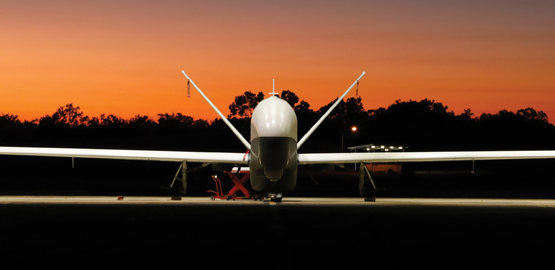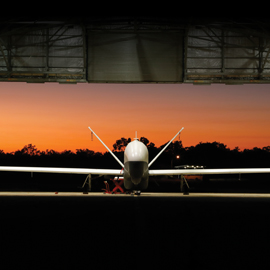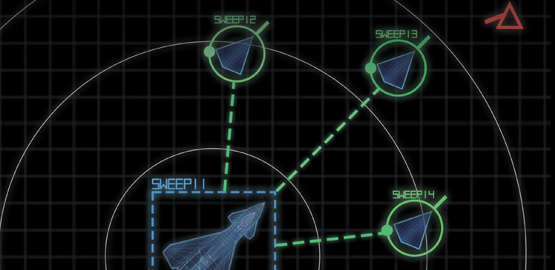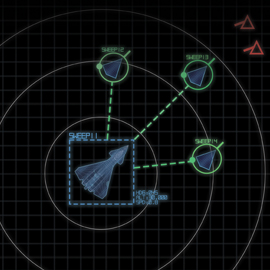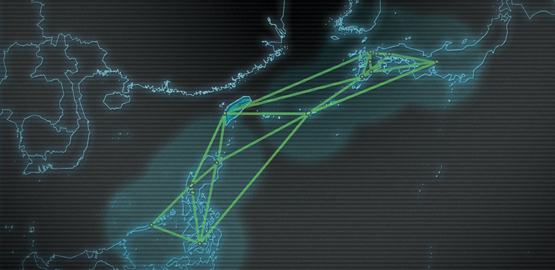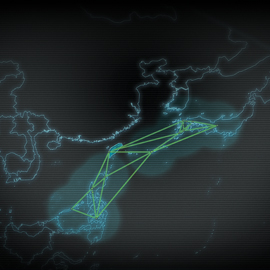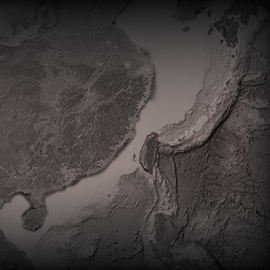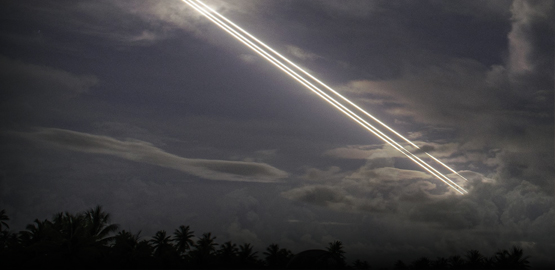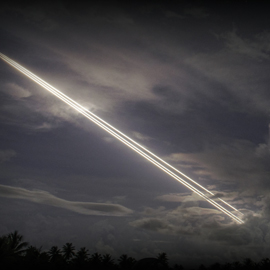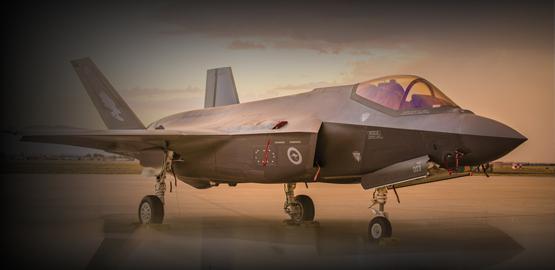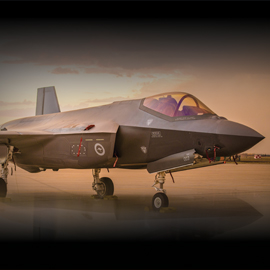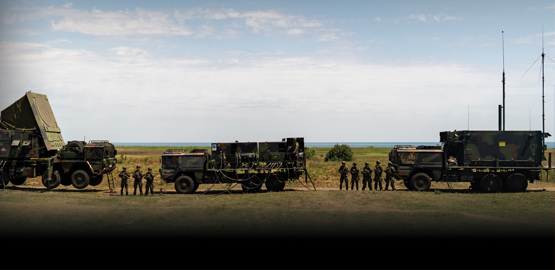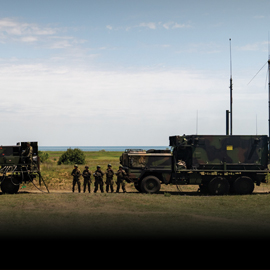Publications
"Nobody does defense policy better than CSBA. Their work on strategic and budgetary topics manages to combine first-rate quality and in-depth research with timeliness and accessibility—which is why so many professionals consider their products indispensable." – Gideon Rose, Editor of Foreign Affairs, 2010-2021
The Road Ahead: Future Challenges and Their Implications for Ground Vehicle Modernization
After a decade of intensive ground operations overseas, both the Army and the Marines face important vehicle modernization issues. Addressing these issues will entail meeting two central planning challenges, the first being the inherent uncertainty of the future security environment, and the second an austere contemporary economic and budgetary environment that may exist for an extended period. This study provides a way of thinking about the Army and Marine Corps vehicle portfolios, and suggests some issues that merit attention from those tasked with determining their composition.
The Fiscal Year 2013 Defense Budget: Continuity or Change?
DoD preview of the budget left few surprises for the actual budget release. What is more interesting in this budget request are the major changes that were not made—the dogs that didn’t bark
Strategy in a Year of Fiscal Uncertainty
Defense strategy is about choices. In peacetime, strategy is often expressed in the budget as choices among different types of weapon systems and force structure. Bernard Brodie, writing in a 1959 RAND report, noted, “We do not have and probably never will have enough money to buy all the things we could effectively use for our defense. The choices we have to make would be difficult and painful even if our military budget were twice what it is today.” He went on to write, “In
Backgrounder: Operating from Range to Defeat Iran’s Anti-Access and Area-Denial Threats
The Obama administration has released new strategic guidance for the Department of Defense (DoD) that announces its intent to “rebalance toward the Asia-Pacific region” and maintain the capability to “project power despite anti-access and area-denial challenges.” As the U.S. military assesses planning and resource initiatives required to support these objectives, it should not forget the need to address Iran’s emerging anti-access/area-denial (A2/AD) strategy and the threat that it represents to the peace and stability of the Persian Gulf.
Outside-In: Operating from Range to Defeat Iran’s Anti-Access and Area-Denial Threats
Since the collapse of the Soviet Union, the U.S. military has been able to project power overseas ..
Five Facts About Defense and Sequestration
1. Defense Funding Under Sequestration Would Fall to FY 2007 Levels 2. War Funding Is Exempt from Budget Caps...




